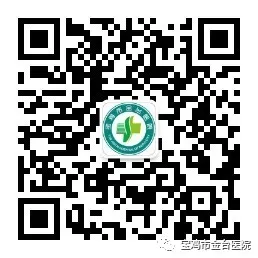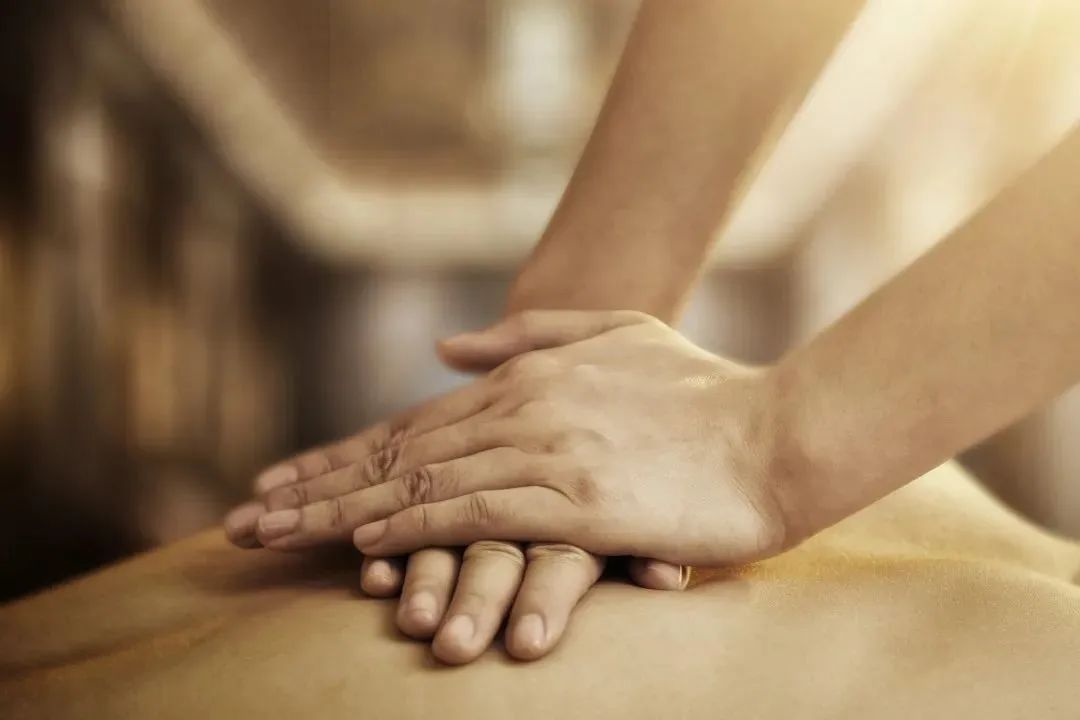
Tuina is a technique with distinct traditional Chinese medicine (TCM) characteristics, guided by TCM theories such as Yin-Yang, the Five Elements, and the meridian system. It involves the therapist using various techniques to stimulate the body’s meridians and acupuncture points, applying force to patients to achieve the goals of harmonizing Qi and blood, balancing organ functions, and eliminating diseases. It can help relieve physical tension, reduce pain, aid sleep, enhance local skin blood circulation, promote blood and lymphatic flow, alleviate spasms, and facilitate the resolution of inflammation. It is particularly effective for patients engaged in prolonged sitting or standing, chronic strain, sports injuries, sprains, headaches, dizziness, neck pain, shoulder and arm pain, lower back and leg pain, and neurasthenia. Tuina not only treats ailments but also improves the quality of life and work. So, what is TCM Tuina? What are its effects? What diseases can it treat? Today, the Tuina experts from Baoji City Jintai Hospital will help you understand TCM Tuina.

1. The Origin and Development of Tuina Therapy
TCM Tuina has a long history, having gradually developed into a unique therapy through the test of time. The origin of Tuina therapy can be traced back to ancient times. The “Suwen: On the Different Methods of Treatment” states: “The central region is flat and moist, which is why all things are born; its people eat mixed foods without labor, hence they suffer from many diseases such as atrophy and cold heat. Therefore, treatment should involve guiding and pressing, which also originates from the central region.” Early humans discovered the special therapeutic effects of pressing and rubbing the affected areas when they encountered accidental injuries, leading to the formation of the unique therapy of TCM Tuina through long-term practice.
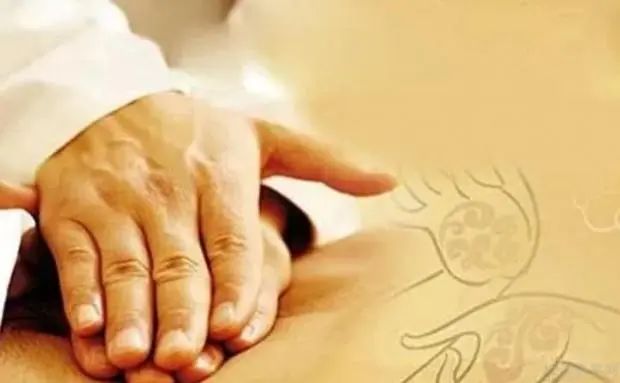
2. What is TCM Tuina?
TCM Tuina refers to the use of hands to press on the meridians and acupuncture points of the human body, employing techniques such as pushing, pulling, lifting, pinching, and rubbing for treatment. Tuina is also known as “Anqiao,” “Qiaoyin,” and “Anwu.” It is a non-pharmacological natural therapy and physical therapy. Practitioners use their hands on the patient’s body surface, injured areas, specific acupoints, and painful spots, employing various techniques such as pushing, pressing, lifting, rubbing, pinching, tapping, and patting to achieve the effects of unblocking meridians, promoting Qi and blood flow, alleviating pain, expelling pathogens, and harmonizing Yin and Yang.
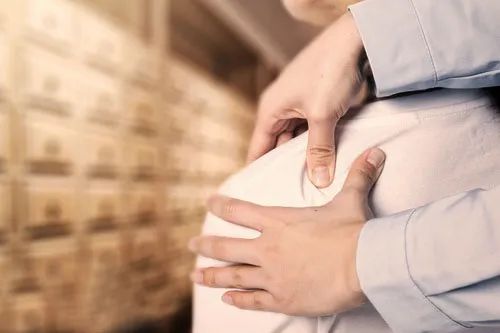
3. The Principles of TCM Tuina
The theoretical basis of TCM Tuina is guided by the TCM theories of the organ and meridian system. Meridians are the general term for the channels and collaterals within the body. They are the pathways for the circulation of Qi and blood, closely interconnected, forming a complete circulatory system that nourishes the organs and facilitates the movement of limbs and skin. If Qi and blood flow smoothly through the meridians, the body remains healthy; if obstructed, diseases arise. Tuina therapy can help to ensure the smooth flow of meridians and balance Yin and Yang, thus maintaining a healthy state.

4. The Effects of TCM Tuina
Tuina can not only diagnose and treat diseases but also promote health. For example, stress-induced mood disturbances and irritability can be alleviated through massage techniques that target the liver meridian, helping to relieve liver Qi stagnation.
Unblocking Meridians: By stimulating peripheral nerves, Tuina promotes blood and lymphatic circulation and metabolic processes between tissues, coordinating the functions of various organs and improving metabolic levels.
Harmonizing Qi and Blood: The mechanical stimulation of Tuina converts mechanical energy into heat, raising local tissue temperature, dilating capillaries, improving blood and lymphatic circulation, reducing blood viscosity, lowering peripheral vascular resistance, and alleviating the burden on the heart, thus preventing cardiovascular diseases.
Enhancing Immunity: Tuina has anti-inflammatory, antipyretic, and immune-boosting effects, enhancing the body’s resistance to disease. This is due to the ability of massage to unblock meridians, ensuring the smooth circulation of Qi and blood, and maintaining the balance of Yin and Yang, leading to muscle relaxation, joint flexibility, and a sense of rejuvenation, which is crucial for maintaining health.
Ending Tissue Adhesions: During Tuina, unblocking meridians and harmonizing Qi and blood can help eliminate waste produced during the self-healing process, preventing excessive waste from blocking meridians and causing tissue adhesions, which can lead to new chronic diseases. Tuina can be used to treat local injuries and inflammatory tissue adhesions.

5. Suitable Populations for TCM Tuina
Tuina is a form of TCM physiotherapy. When people experience illness, they often seek relief from muscle tension through massage to alleviate symptoms. While Tuina can relieve common ailments such as lower back pain, shoulder periarthritis, and stiff neck, it is not suitable for everyone. Tuina therapy is applicable to adults, the elderly, adolescents, children, and women, with few side effects and a wide range of applications. It can also serve as a general self-care method.
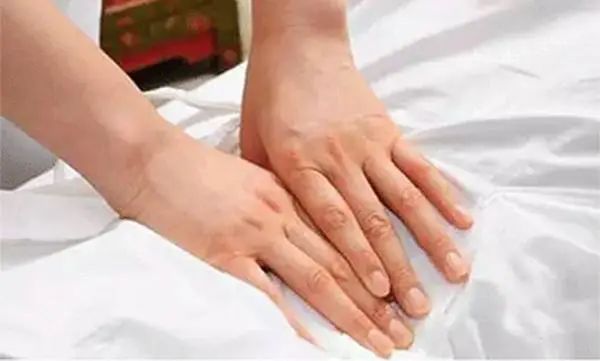
6. Indications for TCM Tuina
Orthopedic Diseases: Cervical spondylosis, stiff neck, shoulder periarthritis, acute lumbar sprains, lumbar muscle strain, lumbar disc herniation, soft tissue sprains, degenerative knee arthritis, recovery from various fractures and joint dislocations.
Surgical Diseases: Intestinal adhesions, chronic prostatitis, chronic appendicitis, lower limb varicose veins, breast abscess, etc.
Internal Medicine Diseases: Headaches, colds, asthma, stomach pain, insomnia, diarrhea, constipation, sequelae of stroke, urinary retention, etc.
Gynecological Diseases: Insufficient lactation postpartum, dysmenorrhea, amenorrhea, menstrual irregularities, uterine prolapse, chronic pelvic inflammatory disease, etc.
Pediatric Diseases: Fever, cough, diarrhea, vomiting, malnutrition, convulsions, pain syndromes, constipation, rectal prolapse, intussusception, enuresis, night crying, sequelae of polio, congenital torticollis, etc.
Otorhinolaryngological Diseases: Myopia, strabismus, rhinitis, deafness, tinnitus, etc.
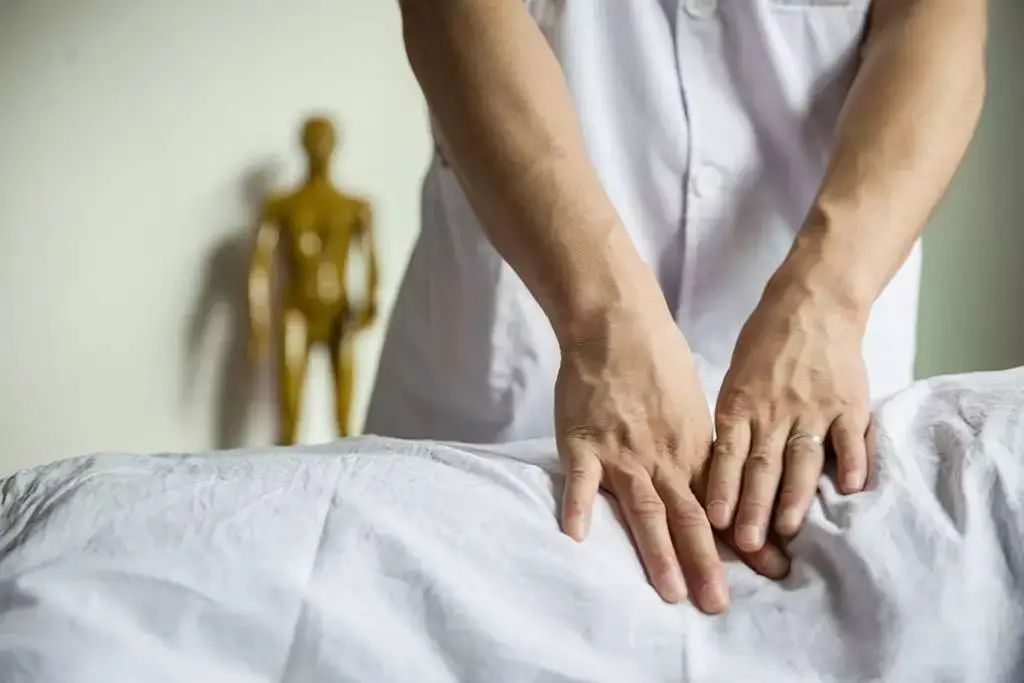
TCM Tuina is based on the traditional meridian differentiation of Tuina medicine, fully utilizing the advantages of TCM, which is green, simple, effective, and causes minimal discomfort to patients. It aims to prevent diseases and treat existing ones. The Tuina massage room at Baoji City Jintai Hospital develops appropriate treatment plans based on patients’ conditions and treatment norms, combining suitable techniques for treatment, physiotherapy, and pain management. It has unique treatment methods for acute lumbar sprains, shoulder periarthritis, soft tissue strains and sprains, stomach pain, sequelae of stroke, postpartum pain, menopausal syndrome, etc., integrating internal and external treatments, acupuncture, and herbal medicine, providing a healthy, safe, and convenient green therapy, allowing residents to enjoy simple, efficient, and high-quality TCM Tuina services right at their doorstep.

Editor: Sun Weiwei
Reviewer: Zhang Hang
2024

Guarding Health | Moving Forward

Baoji City Jintai Hospital
Wishing you and your family health and safety

